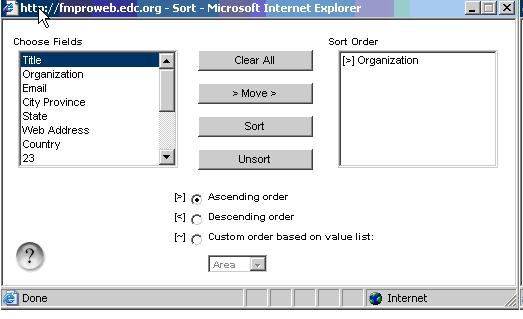Resources
General Information
Research and Data
Planning Tools
General Information
Mental Health: Strengthening Mental Health Promotion
http://www.who.int/mediacentre/factsheets/fs220/en/index.html
(WHO, 2001) The World Health Organization offers definitions of mental health, elements of strong mental health promotion policies and programs, and related WHO initiatives.
Research and Data
WHO Mental Health Atlas
http://www.who.int/mental_health/evidence/atlas/
(WHO, 2005) To mark World Mental Health Day, 10 October, the World Health Organization publishes the newly updated World Health Organization Mental Health Atlas 2005. It shows that global resources for people suffering from mental and neurological disorders are grossly insufficient to address the growing burden of mental health needs, and are unequally distributed around the world.
Mental Health: Strengthening Mental Health Promotion
http://www.who.int/mediacentre/factsheets/fs220/en/index.html
(WFMH, 2004) Results of survey done on families of children with ADHD across Australia, Canada, Germany, Italy, Mexico, The Netherlands, Spain, UK and USA. Data shows high level of parent concern about impact of ADHD on child’s social and academic development. Also indicates average time to acquire diagnosis was 2 years. Summary of key findings available for each country; Report and PPT available in English, Spanish, German Russian.
Without Boundaries
http://wfmh.org/publications/without_boundaries.htm
(WFMH, 2004) This article appears as the first chapter in the book “Building academic success on social and emotional learning”. Authors discuss the various domains which define SEL (social and emotional learning), including: self-awareness, social awareness, responsible decision making, self-management and relationship management. Zins et al offer key recommendations for addressing SEL in a school setting through: SEL-targeted curricula, integrating SEL skill building in school, promoting a supportive environment, altering the instructional approach to integrate SEL, creating partnerships between parents, teachers and students, and involving students experientially in the learning process.
The Scientific Base Linking Social and Emotional Learning to Academic Success
http://www.casel.org/downloads/T3053c01.pdf
(CASEL, 2004) This article appears as the first chapter in the book “Building academic success on social and emotional learning”. Authors discuss the various domains which define SEL (social and emotional learning), including: self-awareness, social awareness, responsible decision making, self-management and relationship management. Zins et al offer key recommendations for addressing SEL in a school setting through: SEL-targeted curricula, integrating SEL skill building in school, promoting a supportive environment, altering the instructional approach to integrate SEL, creating partnerships between parents, teachers and students, and involving students experientially in the learning process.
Planning Tools
Creating an Environment for Social and Emotional Wellbeing
http://www.who.int/school_youth_health/media/en/sch_childfriendly_03.pdf
(EDC, 2003) A Psychosocial Environment assessment tool for schools to determine how supportive schools are to girls and boys. Tool can be used by teachers, administrators or other staff to assess 7 quality areas:
- Providing a friendly, rewarding and supportive atmosphere;
- Supporting cooperation and active learning;
- Forbidding physical punishment and violence;
- Not tolerating bullying, harassment and discrimination;
- Valuing the development of creative activities;
- Connecting school and homelife through involving parents;
- Promoting equal opportunities and participation in decision-making.
Includes tools for discussion of results with parents and other community members.
Council for Global Education Website
http://www.globaleducation.org
This site describes a model which can be useful to frame efforts to prevent violence in a school or community. Building on principles of character education, this model goes further to suggest that educatio should also encompass “universal values, global understanding, excellence in all things, and service to humanity.”. Maintains a list of organizations that promote peace in many countries around the world.
Health Schools website/ Siteweb Ecoles Saines
http://www.safehealthyschools.org and http://ecolessaines.org
This site describes comprehensive school health (CSH) — also called “health promoting schools” and “coordinated school health” in other parts of the world. Offers a library of information on the elements of a CSH program, guidelines to develop school policies, and tools to assess progress. Practitioners will find practical guides, lesson plans and webquests for use with youth. This site offers a subscription to an online newsletter summarizing key information and trends. Available in both French and English.
European Network of Health Promoting Schools
http://www.euro.who.int/ENHPS
Supported by WHO Europe, Council of Europe and the European Commission, this organization publishes on issues related to a “health promoting school”– implementing practices to achieve a health promoting school; “Alcohol use among young Europeans”; manuals on healthy eating; guides for evaluation.




